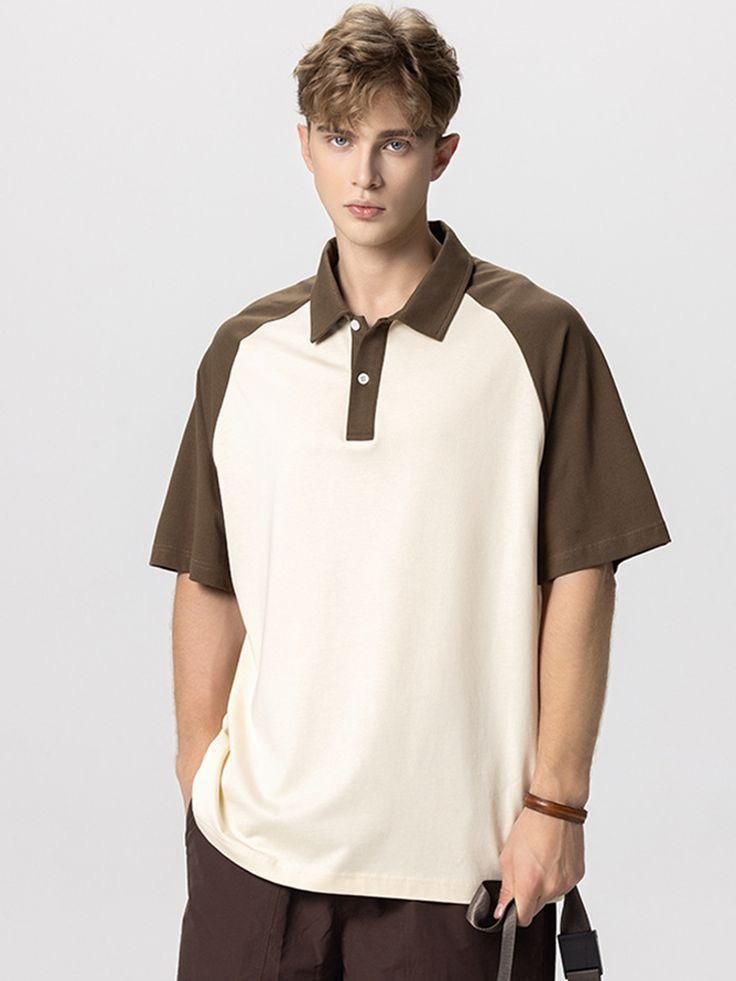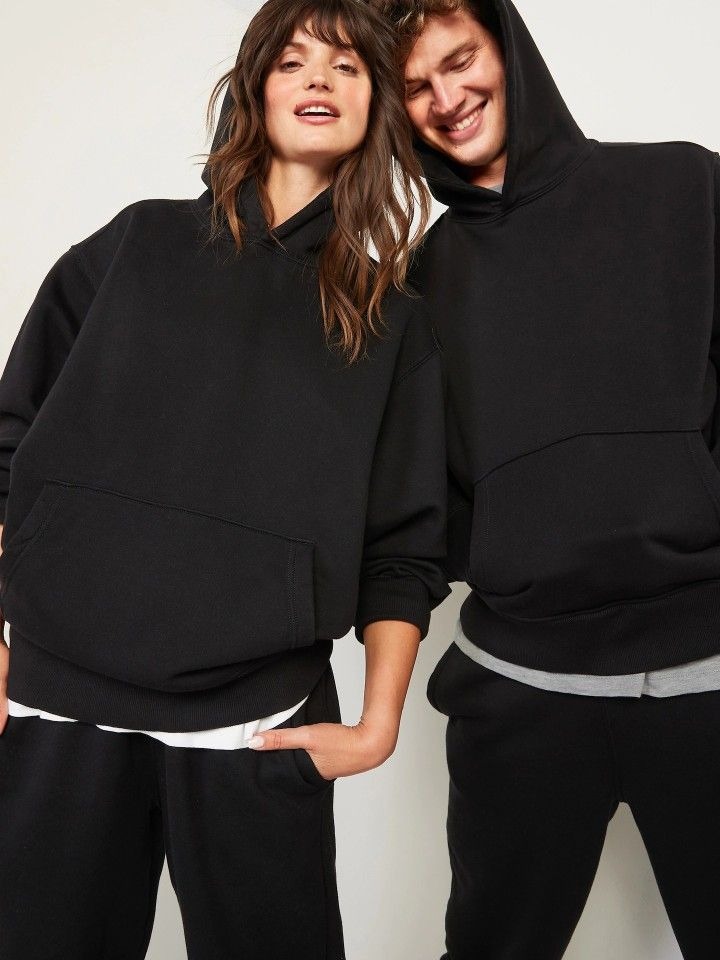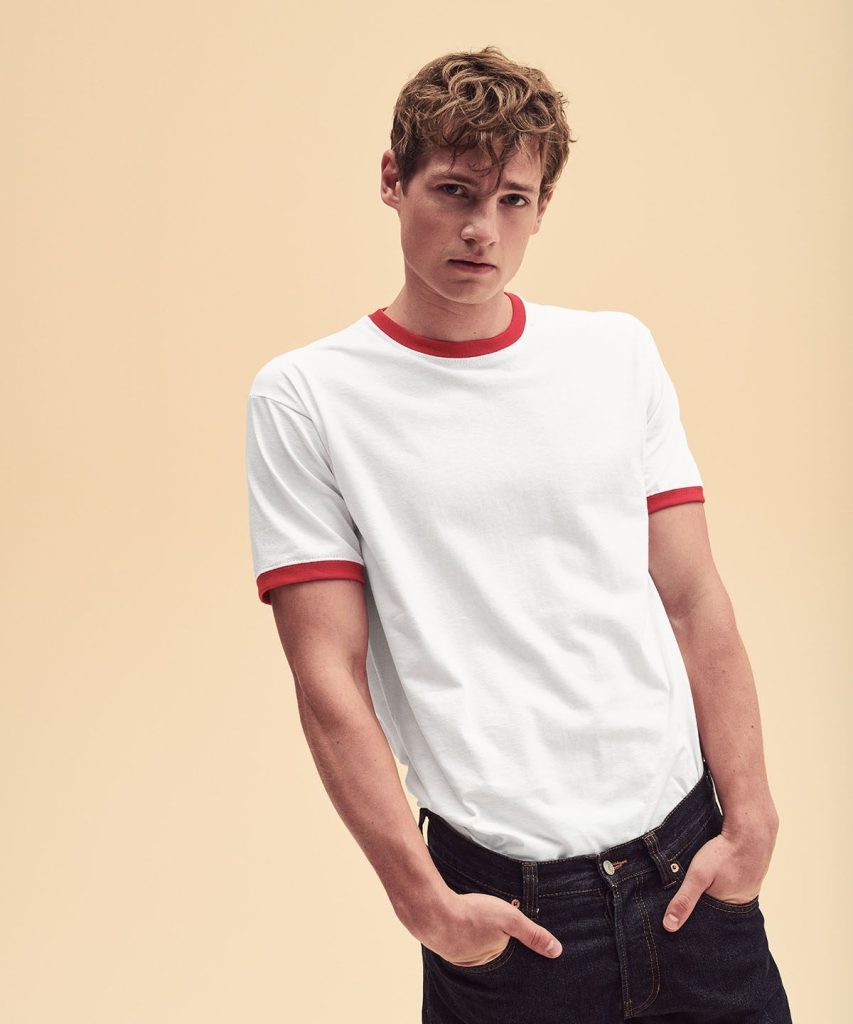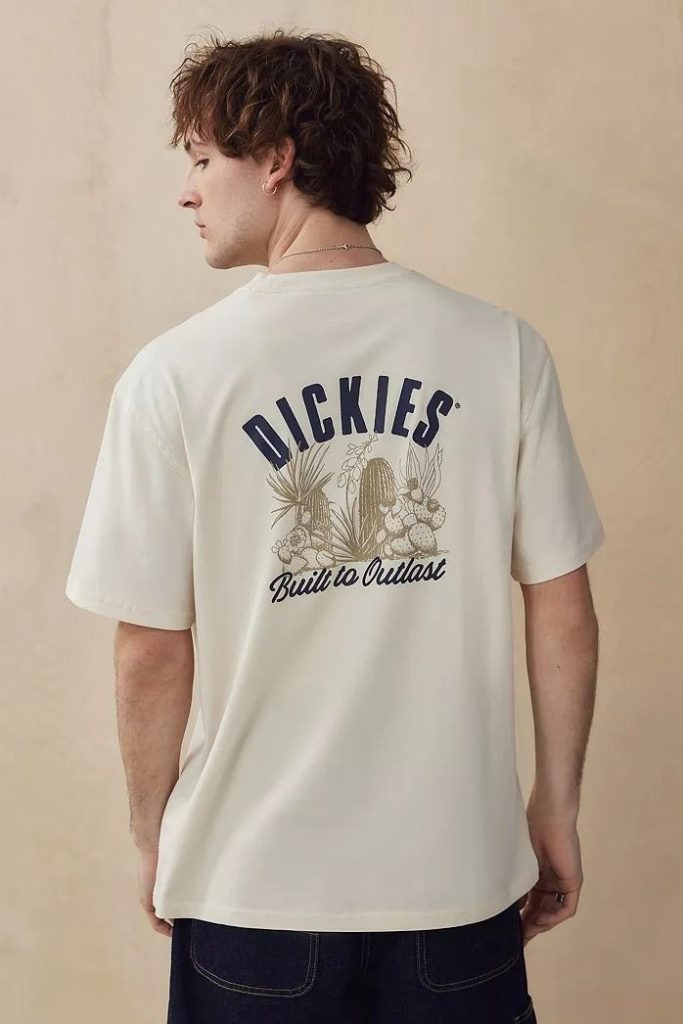Fashion is more than clothing. It is more than fabric, color, silhouette, or even trend. Fashion is an ongoing narrative, a language of form and feeling, a collective memory of culture, and a deeply personal statement of self. It is one of the oldest and most intimate expressions of who we are, why we exist, and how we wish to be remembered. At once practical and poetic, fashion binds the tangible with the abstract. It is the material through which civilizations leave their marks and individuals find their voices. As we walk through the corridors of time, we see that fashion has always been with us—not only decorating the body but also reflecting the inner life of people and societies. It is a living history book written in silk and denim, in linen and lace, in leather and thread.
The origins of fashion lie in necessity. Early humans clothed themselves for protection against nature. Animal skins, leaves, and rudimentary weaves formed the earliest garments, serving to shield the body from cold and injury. But even these first efforts carried aesthetic decisions. Decoration appeared, patterns emerged, and styles varied among regions and tribes. Before long, clothing was used to signify status, age, gender, occupation, and belief. In ancient Egypt, fine linen symbolized purity and power. In Rome, the toga distinguished citizens from slaves. In China, colors and fabrics were strictly regulated by dynastic law, embedding fashion within the structures of political order.
From necessity came symbolism, and from symbolism came identity. Through fashion, humans began to define themselves, not just functionally but spiritually, emotionally, and socially. In medieval Europe, sumptuary laws dictated what different classes could wear, restricting luxury to royalty and nobility. Fashion thus became a tool of control and distinction, but also a space for resistance and creativity. The Renaissance saw an explosion of color and embroidery, as fashion intertwined with art and intellectual curiosity. Clothing mirrored the emerging belief that humans were not only divine creations but creators themselves—beings capable of shaping their image and expressing their minds.
As societies expanded, so did fashion. Trade brought textiles and techniques across continents. Silk traveled from East to West. Indigo dye crossed oceans. Cotton and wool were exchanged, transformed, and reimagined. Colonization and empire spread European fashion ideals globally, but also absorbed and hybridized local traditions. In colonial India, native dress coexisted with British styles, producing complex, layered aesthetics. In Africa, postcolonial designers later reclaimed indigenous motifs and silhouettes, fusing tradition with modernity as a form of cultural affirmation.
The industrial revolution marked a major turning point in fashion history. With the rise of mechanized production, clothing became more accessible to the masses. The invention of the sewing machine, synthetic dyes, and factory systems meant that garments could be produced faster, cheaper, and in larger quantities than ever before. Fashion shifted from being the domain of the elite to a democratized industry. For the first time, style could be consumed by everyday people, allowing individuals to engage with trends and participate in the broader cultural narrative. Fashion magazines emerged, and with them, the idea of seasonal trends, of constantly evolving collections, and of style as a mirror of the modern spirit.
The twentieth century witnessed fashion’s transformation into a global language. The roaring twenties brought flapper dresses and bobbed hair, as women claimed new freedoms and rejected old restrictions. The thirties and forties introduced structured suits and wartime practicality, while postwar abundance in the fifties revived femininity and opulence. The sixties ignited revolution in every seam, with psychedelic prints, miniskirts, and countercultural statements. The seventies mixed rebellion with glam, disco with punk, while the eighties turned volume and color into bold declarations of excess and confidence. The nineties gave rise to minimalism, grunge, and global streetwear, challenging previous standards of beauty and formality.
Yet each of these decades was more than just aesthetic—they were psychological, political, and emotional. Clothes reflected the dreams and doubts of each generation. The mini skirt wasn’t only a hemline; it was a protest against oppression. The black leather jacket wasn’t only a trend; it was rebellion made wearable. Each cut, each fabric choice, each accessory held within it a story—one shaped by the social atmosphere, the personal psyche, and the cultural imagination.
In the twenty-first century, fashion has entered an age of hyper-acceleration and hyper-awareness. With the rise of the internet and social media, fashion has become more democratic and more chaotic. Trends no longer emerge from elite fashion houses alone but are born in online communities, shaped by influencers, spread through TikTok videos and Instagram posts. Fashion is now faster, louder, and more fragmented. At the same time, it is also more inclusive, more reflective, and more questioned than ever before. Conversations about sustainability, identity, race, gender, and ethics have become central to the industry. Fashion is not only being consumed—it is being critiqued, challenged, reimagined.
The fast fashion model has brought cheap clothing to billions but at a tremendous environmental cost. Mountains of textile waste, rivers poisoned by dye, exploitative labor practices, and a culture of disposability have all emerged as consequences of a system built on profit over principle. But alongside these issues, powerful movements for change have risen. Designers are embracing slow fashion, advocating for transparency, reviving traditional crafts, and prioritizing ethical sourcing. Consumers are questioning where their clothes come from, who made them, and what they cost—not just financially, but socially and ecologically. This collective awakening is not a rejection of fashion, but a deeper love for it—a recognition that true style must be rooted in responsibility and respect.
Fashion is also becoming more inclusive in terms of body, race, gender, and ability. The old beauty ideals—tall, thin, white, able-bodied—are being replaced by a kaleidoscope of representations. Runways and campaigns are increasingly featuring diverse models, not as tokens but as powerful voices. Adaptive fashion for people with disabilities, gender-neutral collections, and size-inclusive brands are changing the definition of who fashion is for. These shifts are not only moral progress but aesthetic enrichment. The more perspectives fashion includes, the more beautiful, layered, and meaningful it becomes.
Technology continues to revolutionize fashion in ways once unimaginable. Digital fashion shows, virtual fitting rooms, AI-generated designs, and augmented reality styling are becoming normal. Virtual clothing is being sold for avatars and online profiles. NFT fashion, blockchain-authenticated garments, and 3D-printed shoes are blurring the lines between physical and digital, between ownership and experience. These innovations pose fascinating questions. What does it mean to wear something you can’t touch? Can fashion exist without fabric? Can a pixelated dress carry emotional weight?
Even as we leap into the future, the essence of fashion remains the same. It is a deeply human urge to express, to belong, to transform. It is the desire to be seen and the joy of seeing. A dress may last only a season, but the feeling it gives, the memory it carries, or the confidence it inspires can last a lifetime. A jacket may wear out, but the story of who wore it and why can live on. Fashion, at its best, is not about perfection but presence—not about following trends but about discovering truths.
To understand fashion is to understand life itself. It is shaped by everything—geography, technology, religion, politics, art, emotion. It is global and local, collective and individual, ancient and futuristic. It speaks in silence and sings in color. It both reveals and conceals. It can heal, challenge, provoke, and empower. From the cradle to the grave, fashion is with us, a constant companion and a faithful witness.
In the quiet moments before a job interview, in the celebration of a wedding, in the mourning at a funeral, fashion plays a role. It is there in the armor we wear to face the world, and in the softness we choose for comfort. It lives in uniforms and in costumes, in rituals and in rebellion. It is the soul made visible.
Fashion is not only what we wear—it is who we are becoming. And as long as humans continue to dream, to love, to struggle, to evolve, fashion will continue to grow with us, reflect us, and help us tell the most important story of all: our own.




